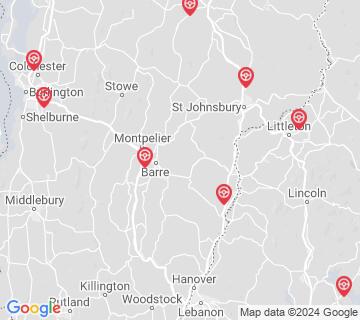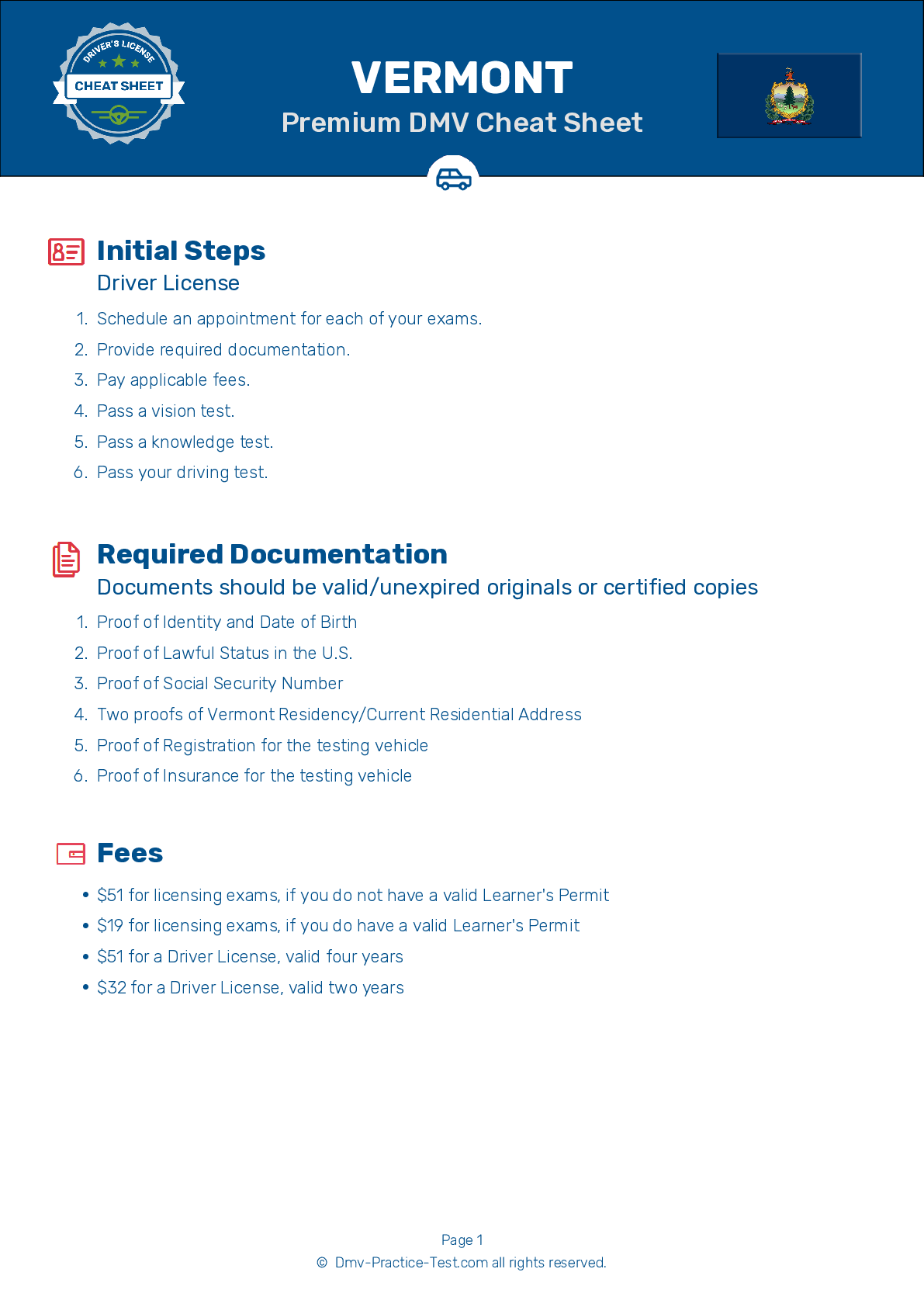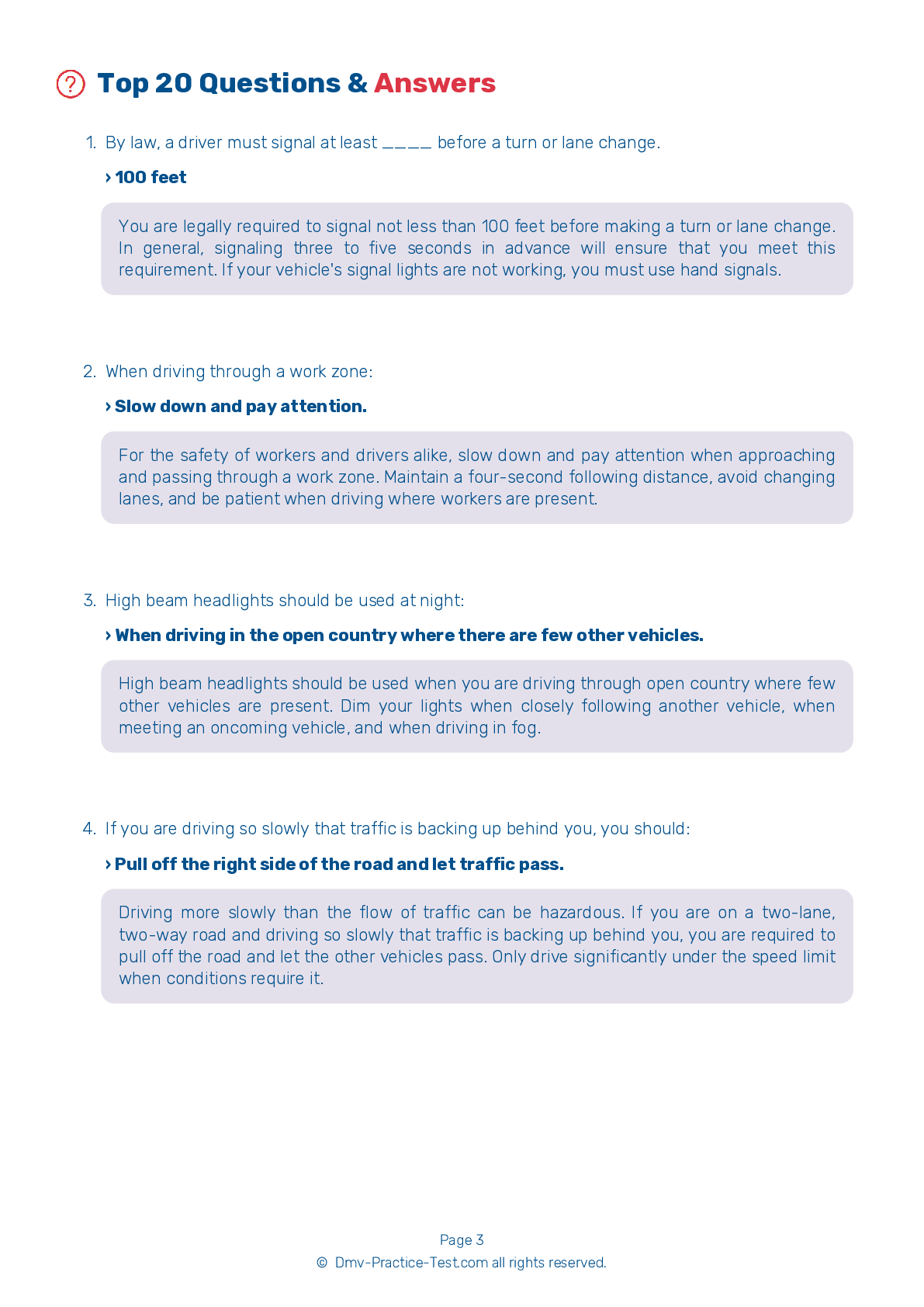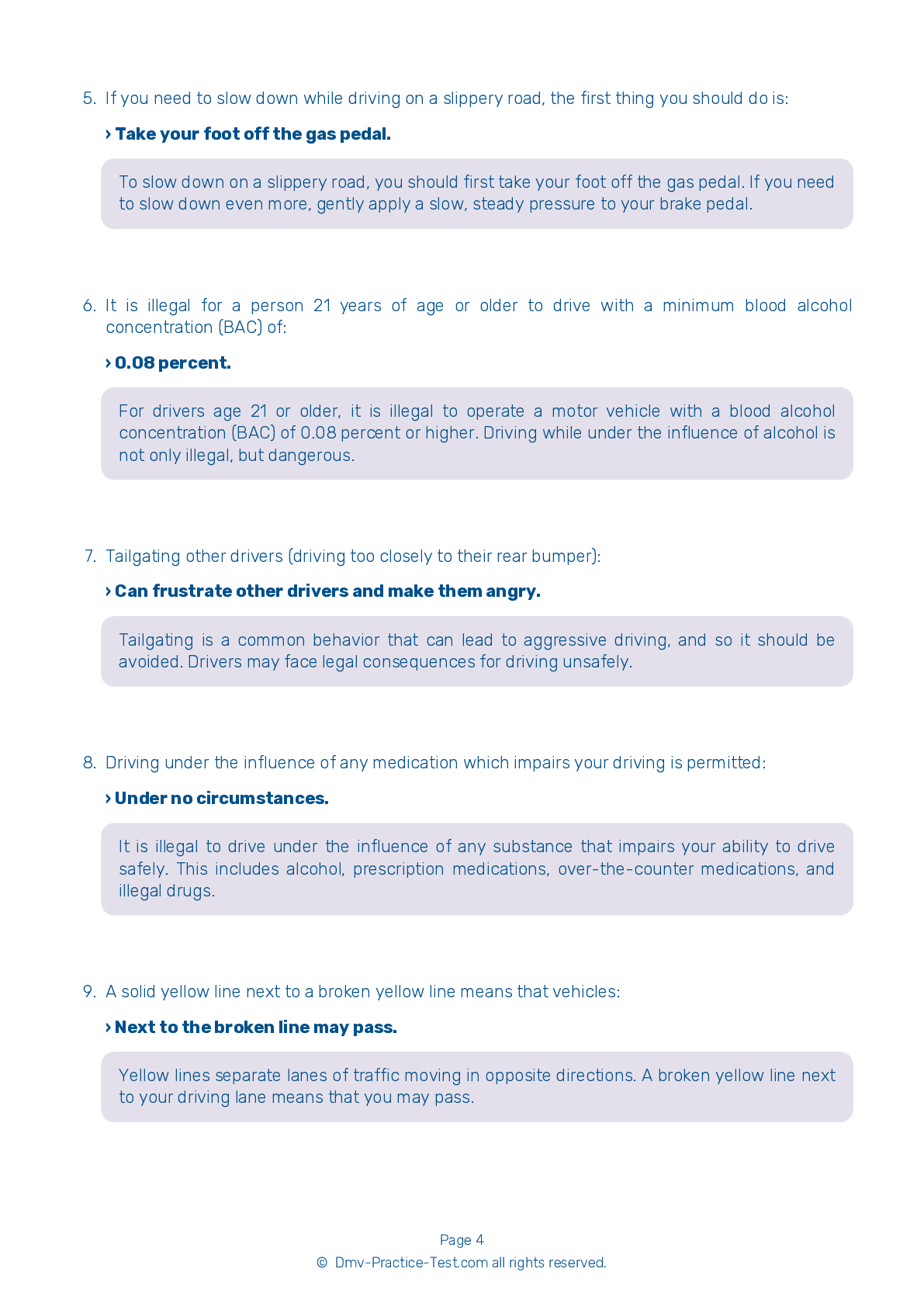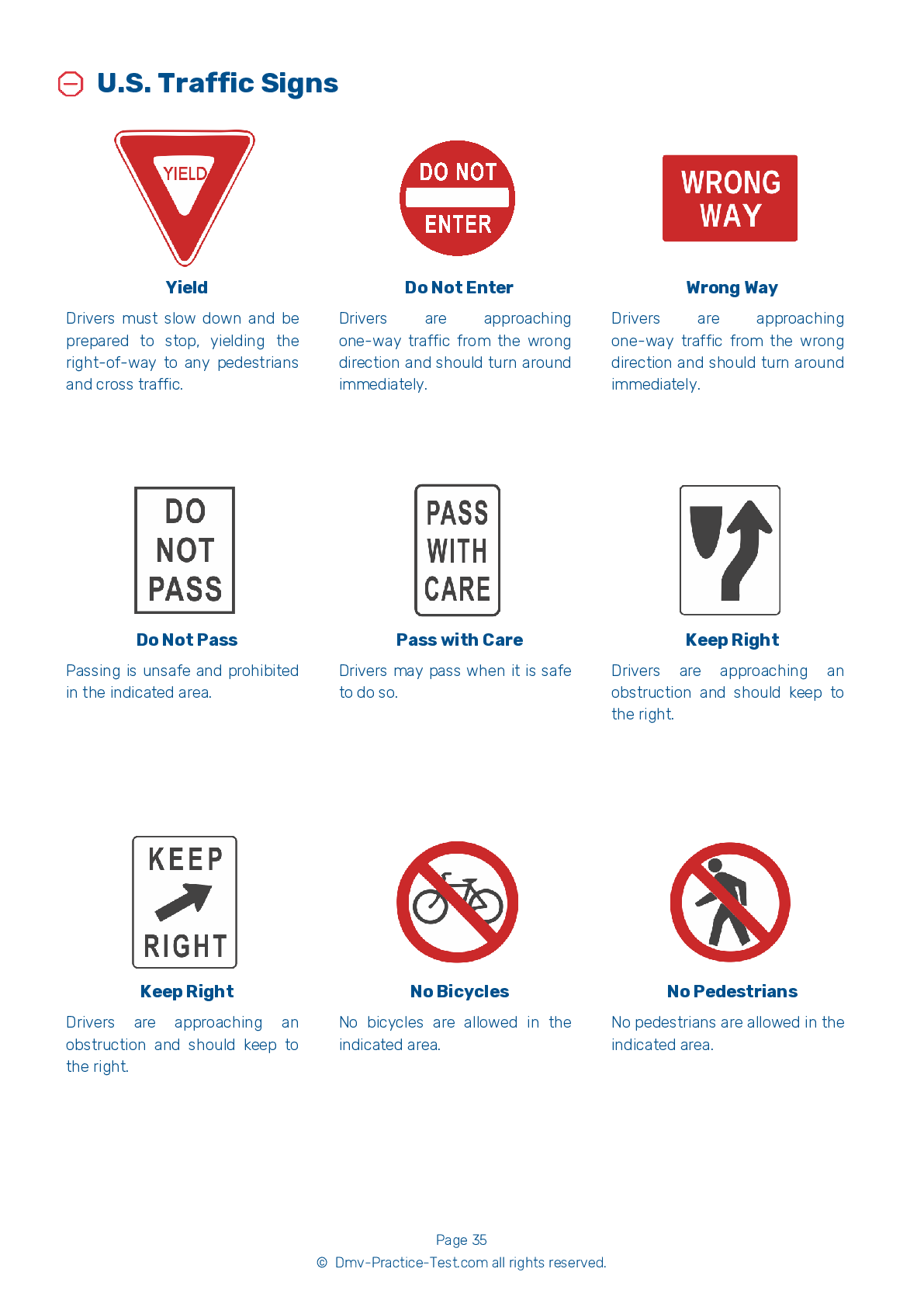FREE Vermont DMV Practice Test #1
The Vermont DMV practise examinations have been updated for January 2026. It includes questions based on the Vermont Driver Handbook's most significant traffic signals and legislation for 2026. Use actual questions that are very similar (often identical!) to the DMV driving permit test and driver's licence exam to study for the DMV driving permit test and driver's licence exam.
On the practise exam, each question gets a tip and explanation to help you remember the concepts. The written component of the official Vermont DMV test will include questions about traffic rules, traffic signs, and driving statutes, as well as knowledge from the Driver Handbook.
To obtain a passing grade, you must correctly answer 16 of the 20 questions. Use the practise exam provided by the Vermont Department of Motor Vehicles to help you prepare for your instruction permit or driver's licence.
The DMV exam is available in several languages.
Using any kind of testing assistance will result in an automatic fail, and the DMV may take additional action against your driver's licence, so stay away from it.
1 . This sign is used to warn drivers about:

This sign indicates that the road ahead curves to the right.
2 . This sign means:
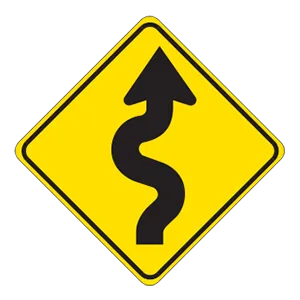
Warning signs prepare drivers for upcoming road conditions and hazards and are usually yellow with black markings. This sign warns drivers that they are approaching a winding road and that they should adjust their speed accordingly.
3 . This is a ____ sign.
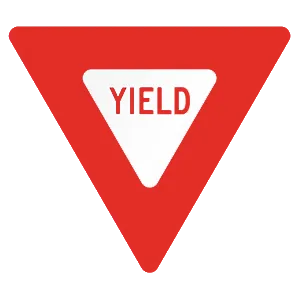
This triangular sign is a "Yield" sign. When you see this sign, you must slow down to check for traffic and yield the right-of-way to pedestrians and approaching cross traffic. Stop only if it is necessary to do so.
4 . Driving while being distracted by any activity:
Distractions cause drivers to react more slowly to traffic and hazards on the roadway. Distracted driving is never safe.
5 . When approaching a school bus stopped with its stop arm extended, drivers should:
When approaching a stopped school bus that is using its stop signal, a driver is required to come to a complete stop. They should not proceed until the stop arm is withdrawn.
6 . Drivers must yield to a pedestrian:
Drivers must always yield to pedestrians in the street, even if they are crossing against a red light or are otherwise being careless.
Search the best driving school in your neighbourhood
2026 Vermont | Frequently Asked Questions
1. Not checking mirrors and blind spots before changing lanes or turning.
2. Speeding or driving too slowly for the conditions or posted speed limit.
3. Not coming to a complete stop at stop signs or red lights.
4. Incorrect signalling or not signalling at all.
5. Poor parking, especially parallel parking.
Remember, practice makes perfect, so take time to hone your skills.
